The Andyson Platinum R 1200W PSU Review
by E. Fylladitakis on April 24, 2015 8:00 AM EST- Posted in
- Cases/Cooling/PSUs
- 1200W
- 80Plus Platinum
- Andyson
The Andyson Platinum R 1200W PSU - Internal Design
ADDA supplies the cooling fan of this PSU. The ADN512DB-A91 has a 135mm wide frame, a ball bearing motor and a maximum speed of just 1500 RPM, which is relatively conservative for a 1200W PSU.
There is no "hidden OEM" behind the Platinum R 1200W as Andyson designs and creates their own PSUs and this unit is entirely of their own making. What someone immediately notices about the layout is that there are very few wires. Andyson went as far as to mount the AC receptacle and switch on a PCB that comes in direct contact with the main PCB of the unit.
The filtering stage begins on that small PCB and continues on the main PCB of the unit, comprising of four Y capacitors, two X capacitors and two filtering inductors. A surge-suppressing MOV can also be found. The primary conversion bridges share their own small heatsink right after the filtering stage.
Three Nippon Chemi-Con 400V/470μF capacitors and a very large inductor are the passive components of the APFC stage. These capacitors are exceedingly large, even for a 1200W PSU, which explains the presence of two NTC thermistors to moderate the inrush current of the PSU. The active components for the APFC, two transistors and a diode, are attached to the large heatsink next to the capacitors. Smaller, simple heatsinks hold the four transistors of the primary inversion stage, which form a full-bridge configuration. The eight secondary conversion stage transistors are on an even simpler heatsink that is nothing more than a thin sheet of metal.
Only a 12V output is generated by the secondary conversion stage of this PSU. Thick metal bars form current pathways, transferring the output of the unit to the vertical PCB that holds the cable connectors. The 3.3V and 5V DC-to-DC conversion circuits are present on this PCB, eliminating the losses that would occur if they were generated on the main PCB and then transferred on this one.
Most of the secondary capacitors, electrolytic and polymer alike, are supplied by Teapo. Only a few Nippon Chemi-Con electrolytic capacitors on the vertical PCB are an exception. Teapo is not the favorite manufacturer among enthusiasts but it is true that their products are being used more and more in high-end products. Andyson covers this unit with a ten year warranty, so they either feel very confident that Teapo is reliable enough or they severely oversized the capacitors in order to counter their aging.
Quality-wise, the design is almost impeccable. The layout is very well designed and clean, while the soldering job is immaculate. There is just one dissonance that feels like a rookie's mistake: right next to the secondary conversion stage and towards the secondary PCB, where the metallic bars transfer the current from one PCB to another, Andyson had to place a capacitor between a tall electrolytic and a short polymer. For unknown reasons, much likely because Andyson is oversizing the components across the layout to ensure high performance and reliability, this capacitor could not fit where it was supposed to. Andyson circumvented this by gluing the capacitor on the adjacent components and insulating its leads, which are soldered on the main PCB nearly two centimeters below. This is not a critical problem but it is something that just does not match the aptness of the rest of the unit.


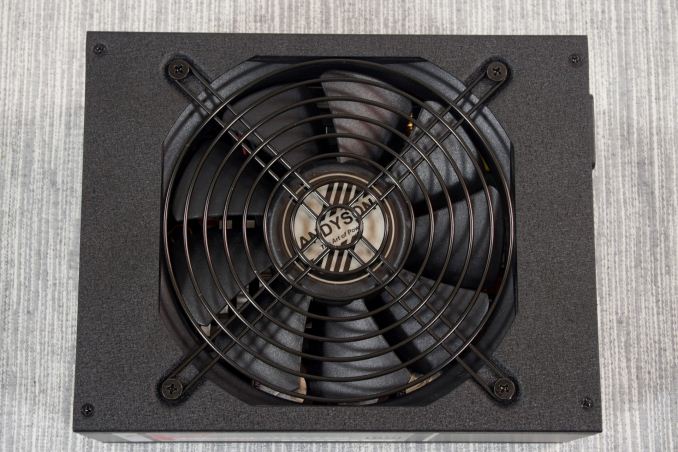
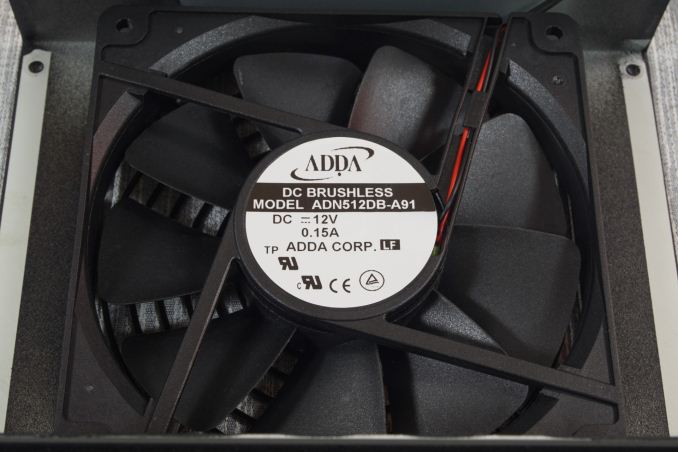
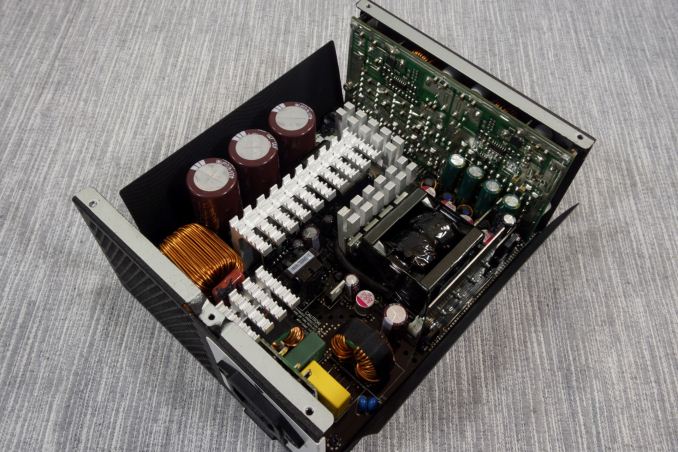
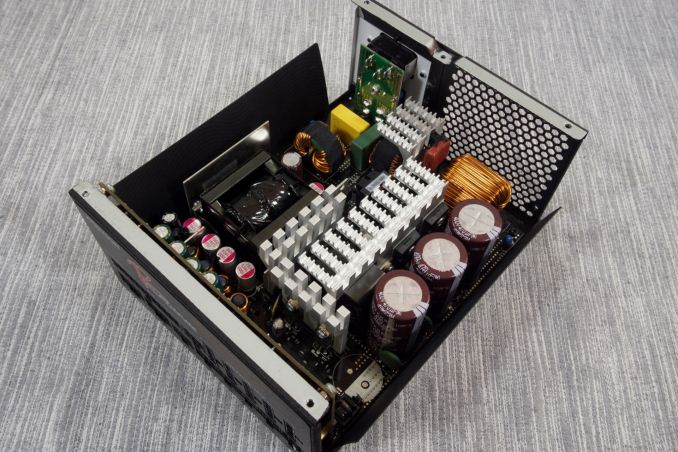
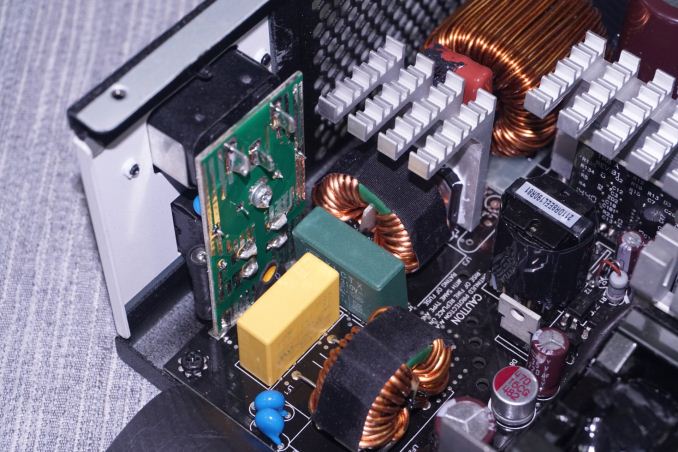
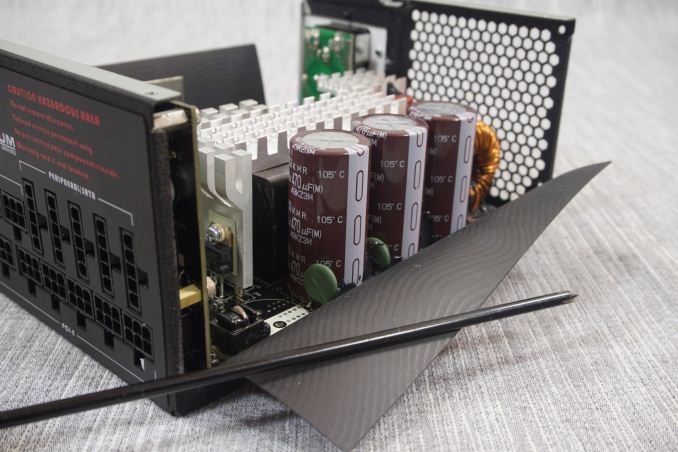

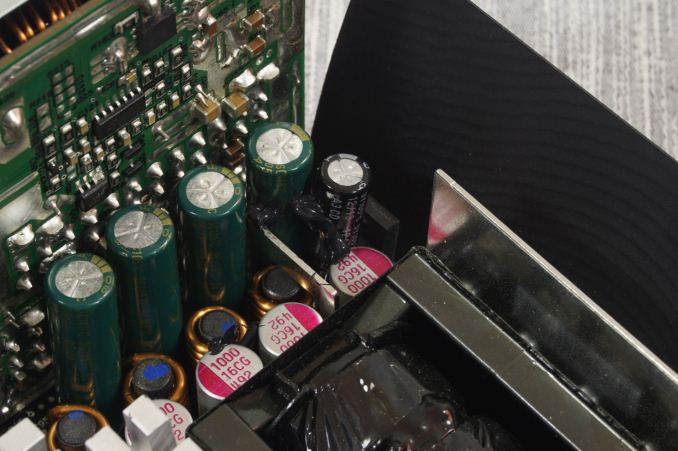








46 Comments
View All Comments
TurboTastic - Friday, April 24, 2015 - link
80 Plus isn't marketing if you're paying the electric bill!DanNeely - Friday, April 24, 2015 - link
At the 10-15 cent per kWh electric rates common in most of the US the price premium for a platinum PSU only pays off over a gold one if you're running 24/7 at full load; and even that takes several years. If you only game a few hours/day and leave your PC at idle/off the rest of the time you might as well go with a sanely sized cheaper one. If you're unfortunate enough to be paying several times that then even casual gaming will push the payback period to a reasonablish timeframe.Laststop311 - Saturday, April 25, 2015 - link
Unless you want your PSU operating in its fanless mode as the high end semi fanless psu's dont kick then fan on till around 30% load. 30% of 1500 is 450 watts of fanless operation while a 500 watt supply only has 150 watts of fanless operation. Some people care about noise.CrazyElf - Saturday, April 25, 2015 - link
80 PLUS actually means very little for real world efficiency. They usually send their best units to ECOS. It's real world efficiency that counts under load and often the ones with the stickers are overrated.As far as the costs - it's only a few dollars per year because we're talking single digits. The purchase price vastly overshadows that. I'd go with voltage, ripple, and reliability any day over advertised efficiency.
meacupla - Sunday, April 26, 2015 - link
I haven't really seen any 80+ Bronze or higher PSU suffer from voltage, ripple or reliability issues.Usually the makers skimp on the fan first.
I prefer 80+ Gold/Platinum, because I can count on makers to stuff the very best they have into those units, which means happy ears and reliability.
TurboTastic - Friday, April 24, 2015 - link
Also, the efficiency is directly correlated to the heat produced by the PSU, and that is inversely related to both the quietness and the speed of your computer, which are qualities everyone cares about.der - Friday, April 24, 2015 - link
A Wise man once said: "A Great gaming computer comes with a great Power Supply/PSU".etamin - Friday, April 24, 2015 - link
I only click on these PSU reviews to read the comments about irrelevantly powerful PSUs. Maybe AT will listen eventually. But the sponsors are to blame as well...I would think a review on lower wattage units would have greater impact on sales.Mickatroid - Saturday, April 25, 2015 - link
LOL, I am here for the comments too. The claws are out, loving it.Laststop311 - Saturday, April 25, 2015 - link
I've been waiting for a nice 600-800 watt 80+ titanium unit to come out.There are some good reasons to get larger power supplies now that they have semi fanless mode. Now most psu's have no fan mode that works up to about 30% of the PSU's output. So if you have a 1000 watt unit you can draw up to 300 watts before the fans need to kick on. Almost all single GPU systems nowadays stay under 300 watts at most normal loads. Sure you could just get a 500 watt PSU but the fans come on at 150 watts or more so you end up with more fan noise. Surely an i7-7960x 8 core skylake overclocked to the maximum efficient overclock of 4.2ghz (if the oc power response curve is the same as haswell after 4.2ghz on the 8 core power use rises sharply 14nm could possibly make it 4.3 or 4.4ghz before power use risies sharply) and a nice EVGA classified GTX 980ti will only draw 250-280 watts on most normal workloads and gaming and someone that is an absolute freak about having the quietest powerful pc possible will want a 80+ plat or even titanium 1kw unit to make sure their psu rarely spins up a fan.
I will be sparing no expense on my skylake-e build and will be picking every component with noise as a top priority as my pc is in my bedroom and I am looking for a 1kw or higher 80+ titanium unit. Currently I think 1500 watt is the lowest titanium available which gives you 450 watts of fanless operation. I will be going all air cooled as I prefer the dead silence of noctua fans over the hum of water pumps. I go the route of maximizing case fans in every available spot usually like 12 fans which allows you to use the ULNA adapters to keep the max PWM speed below audible levels and the sheer huge quantity of them makes up for the loss of airflow from reduced rpm's. It's less efficient money wise but with all the right parts picked the only time the pc can be remotely heard is when gaming and the graphics card kick on tho even this noise can be drastically reduced with a triple slot artic accelro extreme IV with the front and back heatspreaders and 3 front fans and 2 rear fans and the best performing liquid metal ultra tim applied to it.
Since it will have been 6.5 years since I built a PC I am able to spend way more money than usual when I'm building a PC as I got a nice little egg saved. And I think a lot of people will be in similar situations because of how slow CPU performance upgrades have been. And for people like us going to these extreme lengths for top performing quiet PC's we need the huge unites so we can stay in fanless mode.